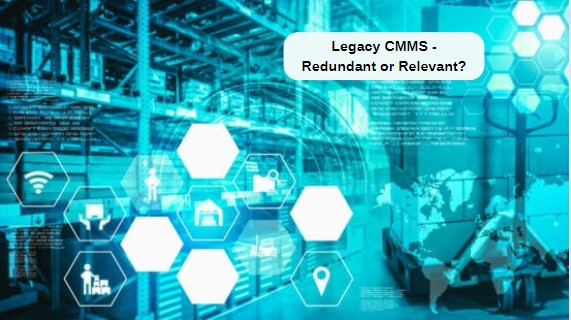
Why Legacy CMMS is Redundant Today?
Viki Dongare |
26 Mar 2024 |
15:48 PM
- Understanding the Evolution of CMMS Software
- The Shift from On-Premises to Cloud-Based Solutions
- The Decline of On-Premises CMMS Software
- Embracing Cloud-Based CMMS Systems
- Exploring the Benefits of Cloud CMMS system
- Advantages of Modern CMMS Software Solutions
- Signs It's Time to Replace Your Maintenance Solution
- Understanding the Importance of CMMS Software Services
- The Role of Connected CMMS Software
- How Proptor's Solution Addresses Legacy CMMS Challenges
- Conclusion
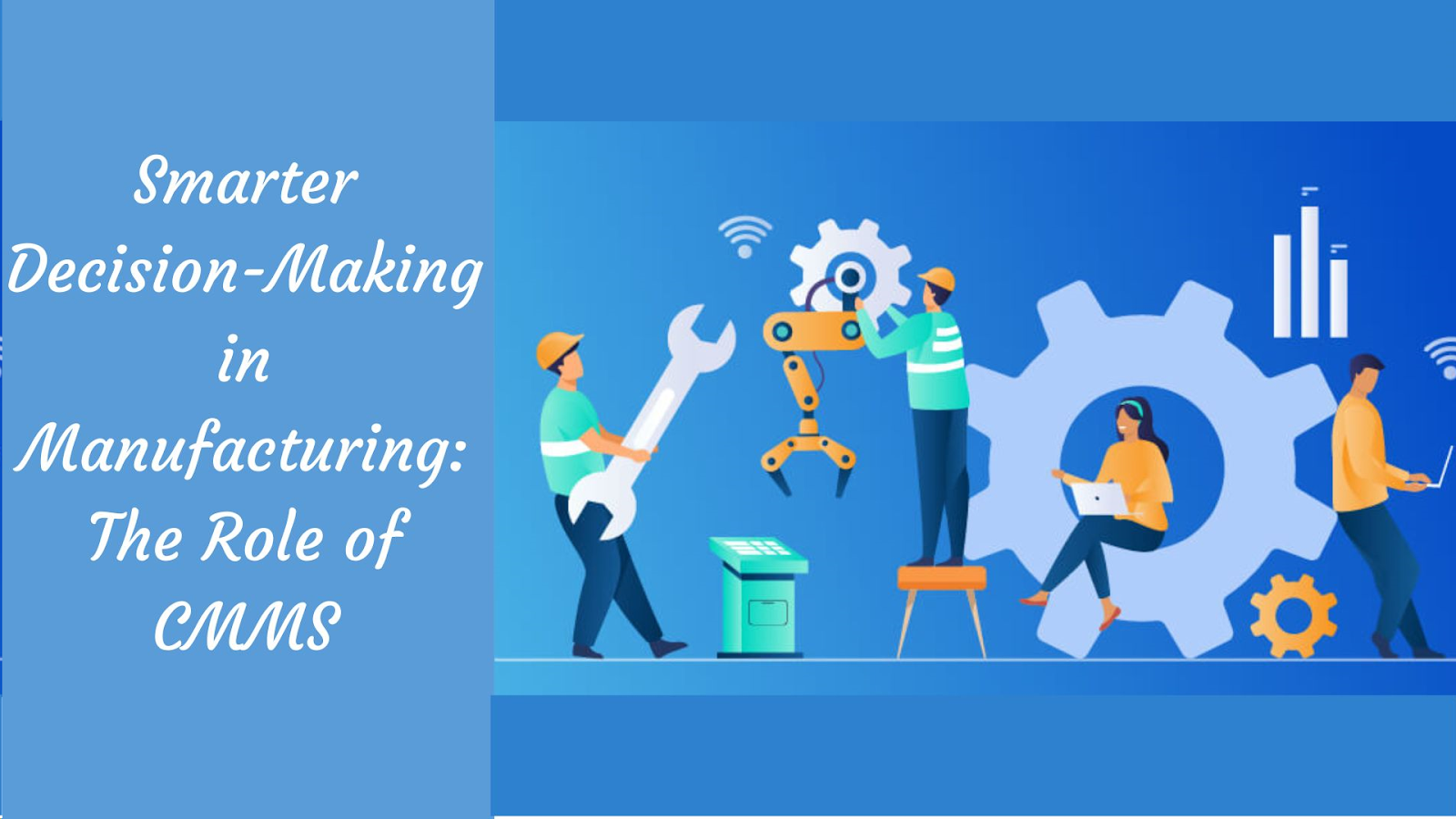
Smarter Decision-Making in Manufacturing: The Role of CMMS
Viki Dongare 03 Jun 2024 | 08:07 AMLearn how CMMS (Computerized Maintenance Management System) software is transforming maintenance management in manufacturing plants. Gain insights on how it is streamlining work order management, boosting efficiency, saving costs, and enhancing safety...
The role of Computerized Maintenance Management Systems (CMMS) has undergone significant transformation. Understanding the evolution of CMMS software is crucial in comprehending the reasons why legacy systems are becoming redundant in modern times. Initially, CMMS solutions were predominantly on-premises, requiring substantial infrastructure investments and maintenance. However, with the advent of cloud computing, a paradigm shift has occurred, leading to the rise of cloud-based CMMS solutions.
Understanding the Evolution of CMMS Software
On-premises CMMS software, while prevalent in the past, is now facing a decline due to various limitations and challenges it poses. These legacy systems often struggle to keep up with the demands of today's maintenance teams, hindering operational efficiency and productivity. The shift towards cloud-based CMMS solutions offers numerous advantages, including improved accessibility, scalability, and cost-effectiveness.
The Shift from On-Premises to Cloud-Based Solutions
By delving into the transition from on-premises to cloud-based solutions, we can better understand the pressing need for organizations to modernize their maintenance management processes. In this article, we will explore the key factors driving this shift and highlight the benefits of adopting robust and efficient CMMS software in today's dynamic business environment. Let's delve deeper into this transformative journey and uncover the implications for maintenance teams worldwide.
The Decline of On-Premises CMMS Software
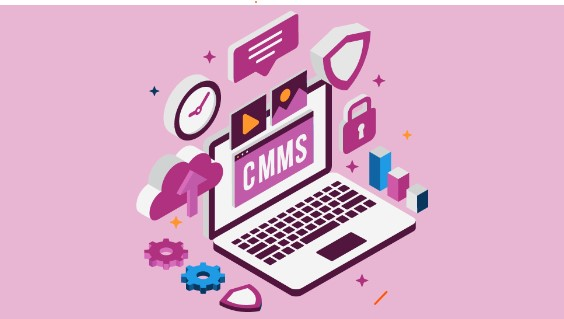
Challenges Faced by On-Premises Solutions
Legacy systems have long been the backbone of maintenance management, but their on-premises nature presents significant challenges in today's digital age. Maintenance teams relying on such systems often encounter hurdles in achieving optimal operational efficiency. One primary challenge is the limited accessibility and scalability inherent in on-premises CMMS software. Unlike cloud-based solutions, legacy systems require physical infrastructure and IT resources to maintain, constraining their flexibility and adaptability to changing business needs.
Moreover, most legacy systems lack the agility to keep pace with evolving automation systems configurations and technological advancements. This rigidity stifles innovation and inhibits maintenance teams from adopting more efficient processes. Legacy software's complex interfaces and outdated features further compound these challenges, impeding user adoption and productivity.
Reasons Behind the Decline
The decline of on-premises CMMS software can be attributed to a confluence of factors. Legacy systems, while once groundbreaking, now struggle to meet the demands of modern maintenance teams. The need for improved operational efficiency and streamlined asset management drives organizations to seek robust and efficient software solutions.
Furthermore, the rising popularity of cloud-based CMMS systems underscores the shift towards more flexible and scalable alternatives. These solutions offer seamless integration, real-time insights, and enhanced collaboration, rendering legacy systems increasingly obsolete. As businesses strive to improve maintenance processes and derive operational insights, the decline of on-premises CMMS software becomes inevitable in the pursuit of innovation and competitiveness.
Embracing Cloud-Based CMMS Systems
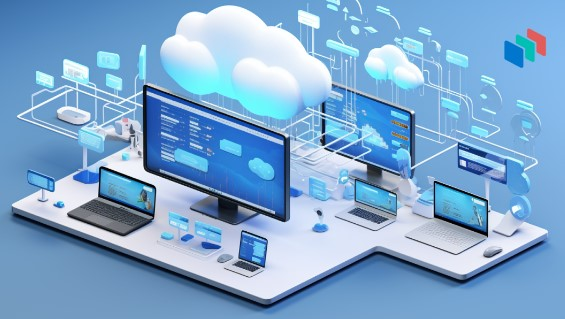
In the quest for operational efficiency and streamlined maintenance management, organizations are increasingly turning to cloud-based CMMS systems as viable alternatives to traditional legacy systems. By exploring the benefits of cloud CMMS, businesses can unlock a plethora of advantages that contribute to improved asset management and operational excellence
Exploring the Benefits of Cloud CMMS system
Cloud-based CMMS solutions offer unparalleled flexibility, accessibility, and scalability compared to their on-premises counterparts. By leveraging cloud infrastructure, maintenance teams can access critical data and functionalities from anywhere, at any time, using any device with internet connectivity. This enhanced accessibility empowers maintenance teams to effectively oversee operations and respond promptly to maintenance needs, regardless of their location.
Lower Total Cost of Ownership with Cloud Solutions
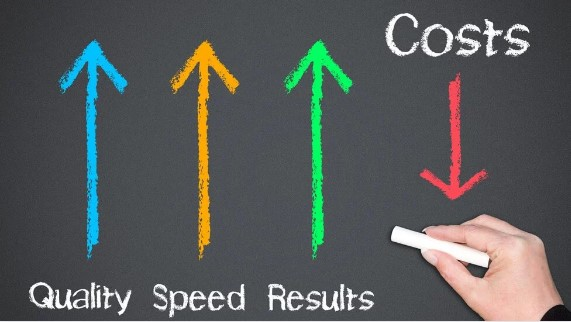
Moreover, cloud CMMS systems boast lower total cost of ownership (TCO) compared to legacy systems. With no upfront hardware investments or ongoing maintenance costs, organizations can allocate resources more efficiently and realize significant cost savings over time. Additionally, cloud solutions typically offer subscription-based pricing models, allowing businesses to scale their usage according to their needs and budget constraints.
By adopting cloud CMMS, organizations can improve operational efficiency, automate processes, and derive actionable insights to optimize maintenance processes and asset management strategies. The transition from legacy systems to cloud-based solutions represents a paradigm shift towards more agile, adaptable, and cost-effective maintenance management practices.
Advantages of Modern CMMS Software Solutions
In the era of digital transformation, modern CMMS software solutions stand out as indispensable tools for maintenance teams seeking to optimize operational efficiency and asset management. These advanced platforms offer a myriad of benefits, ranging from enhanced features and functionality to improved collaboration and productivity.
Enhanced Features and Functionality
Modern CMMS software solutions boast a wide array of advanced features designed to streamline maintenance processes and empower maintenance teams. From automated work order generation to real-time asset tracking, these platforms offer unparalleled capabilities that far surpass those of legacy systems. Moreover, modern CMMS software is highly customizable, allowing organizations to tailor the system to their unique needs and workflows.
Improved Operational Efficiency

One of the primary advantages of modern CMMS software solutions is their ability to improve operational efficiency across maintenance operations. By automating manual processes and streamlining workflows, these platforms enable maintenance teams to accomplish more in less time. Additionally, modern CMMS software provides real-time insights into asset health and performance, allowing organizations to proactively address maintenance issues before they escalate.
By leveraging modern CMMS software solutions, organizations can effectively oversee operations, adopt system processes, and achieve a holistic and unified function across maintenance operations. The transition from legacy systems to modern CMMS software represents a strategic investment in the future of maintenance management, unlocking new levels of efficiency, productivity, and competitiveness.
Signs It's Time to Replace Your Maintenance Solution
Lack of Real-Time Visibility
Most legacy systems lack the capability to provide real-time insights into maintenance operations, leading to a lack of visibility into asset health and performance. Without timely data, maintenance teams struggle to make informed decisions, resulting in inefficiencies and increased downtime.
Compliance Issues
Legacy systems may fail to meet evolving regulatory requirements, exposing organizations to compliance risks. Compliance issues stemming from outdated software can lead to penalties, audits, and reputational damage, underscoring the need for a more robust and compliant maintenance solution.
Manual Processes Leading to Duplication of Work
Manual processes inherent in legacy systems often lead to duplication of work and inefficiencies. Without automation systems configurations, maintenance teams waste valuable time and resources on repetitive tasks, impacting productivity and morale.
Work Order Backlogs
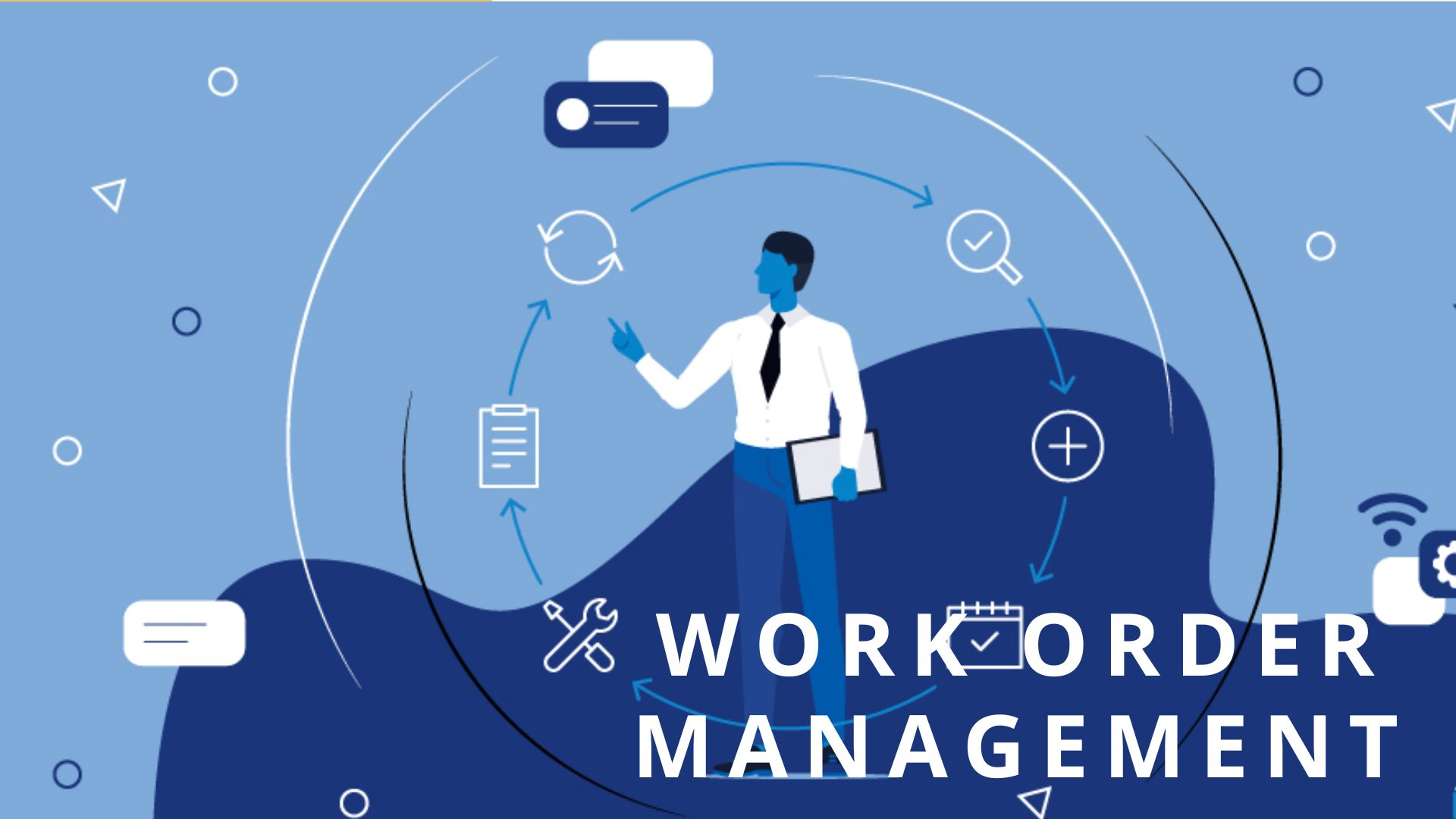
Legacy systems may struggle to keep up with the influx of work orders, resulting in backlogs and delayed maintenance tasks. A backlog of work orders indicates inefficiencies in the maintenance process and the need for a more agile and responsive solution.
Limited or No Integrations
Legacy systems often operate in isolation, lacking integrations with other essential tools and systems. The absence of integration capabilities hampers cross-functional communication and collaboration, hindering overall productivity and effectiveness.
Recognizing these signs is the first step towards adopting a modern CMMS solution that addresses these challenges effectively. By leveraging modern CMMS software with advanced features such as automation, real-time insights, and seamless integrations, organizations can streamline maintenance processes, enhance operational efficiency, and drive sustainable growth
Understanding the Importance of CMMS Software Services
Project Planning for Seamless Implementation - Proper project planning ensures a smooth transition to the new CMMS system, minimizing disruptions to operations.
Data Migration Strategies - Effective data migration strategies facilitate the transfer of critical data from legacy systems to modern CMMS platforms, ensuring data integrity and accuracy.
Integration Capabilities for Streamlined Processes - Integration with existing tech stack and automation systems configurations streamlines processes and enhances efficiency.
Customization Options to Suit Unique Needs - Customization options allow organizations to tailor the CMMS system to their specific requirements, optimizing functionality and user experience.
Comprehensive Training Programs - Robust training programs ensure that maintenance teams are proficient in using the CMMS software, maximizing its benefits.

Reliable Customer Support Services - Access to reliable customer support services ensures prompt resolution of issues and ongoing assistance for smooth operations.
Importance of Regular Audits for Optimal Performance - Regular audits help identify areas for improvement and ensure that the CMMS system continues to meet evolving needs and standards.
The Role of Connected CMMS Software
Overview of Connected CMMS Solutions
Connected CMMS software represents the next evolution in maintenance management, offering a comprehensive solution to address the challenges faced by legacy systems. These advanced platforms leverage modern technology to revolutionize the way maintenance operations are conducted, providing organizations with unprecedented capabilities and efficiencies.
Transitioning from Legacy Systems to Modern Platforms
The transition from legacy systems to connected CMMS solutions is a critical step towards unlocking the full potential of maintenance management. By replacing outdated legacy tools stands and legacy CMMS software with modern platforms, organizations can embrace the future of maintenance management and stay ahead of the competition.
Automation of Work Order and Facility Management Workflows
Connected CMMS solutions automate processes and streamline workflows, allowing maintenance teams to focus on high-priority tasks and improve operational efficiency. By automating work order generation, scheduling, and tracking, these platforms eliminate manual errors and reduce administrative burden, enabling maintenance teams to operate more efficiently.
Unified Software for Comprehensive Facility Management software
Connected CMMS software offers a unified platform for comprehensive facility management, integrating asset maintenance, preventive maintenance, facilities management, and more into a single system. This holistic approach enables organizations to manage all aspects of their facilities from a centralized dashboard, improving visibility and control.
Improved Collaboration and Tracking Capabilities

With built-in cross functional communication capabilities, connected CMMS solutions facilitate collaboration among maintenance teams, stakeholders, and vendors. Real-time tracking of maintenance activities and key performance indicators (KPIs) enables organizations to monitor performance, identify trends, and make data-driven decisions.
Asset and Inventory Management Features
Connected CMMS software includes robust asset and inventory management features, allowing organizations to track assets, monitor asset health, and manage spare parts inventory effectively. By optimizing asset maintenance and inventory levels, organizations can reduce downtime, minimize costs, and prolong asset lifespan.
Streamlined Work Order Management
Connected CMMS solutions streamline work order management processes, from request submission to completion, ensuring timely resolution of maintenance tasks. Mobile capabilities enable technicians to access work orders on-the-go, update status in real-time, and capture essential data from the field.
Optimizing Maintenance Activities for Efficiency
By leveraging connected CMMS software, organizations can optimize maintenance activities for efficiency, improve resource allocation, and enhance overall operational performance. Preventive maintenance schedules, facilities management tasks, and maintenance strategies can be optimized to minimize downtime, reduce costs, and maximize productivity.
How Proptor's Solution Addresses Legacy CMMS Challenges
Proptor's innovative CMMS solution offers a comprehensive approach to addressing the challenges associated with legacy systems and outdated maintenance management practices. By leveraging cutting-edge technology and best practices, Proptor's solution revolutionizes maintenance management and enables organizations to unlock new levels of efficiency and effectiveness.
Legacy Tools Stands and Legacy CMMS: Proptor's solution eliminates the need for legacy tools stands and outdated legacy CMMS software by providing a modern, cloud-based platform that offers advanced features and functionality.
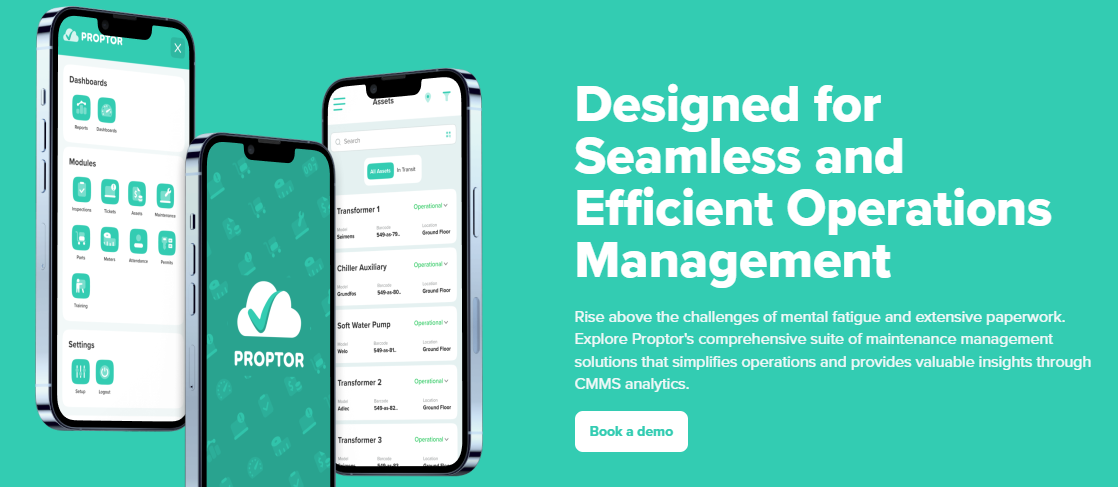
Proprietary Communication Protocols: Proptor's solution supports open communication protocols, ensuring seamless integration with existing tech stack and automation systems configurations, and facilitating cross functional communication capabilities across the organization.
Adopt System Processes: Proptor's solution encourages organizations to adopt system processes that streamline maintenance operations and improve overall efficiency. Through automation, organizations can automate processes, reducing manual errors and increasing productivity.
Holistic and Unified Function: Proptor's solution offers a holistic and unified function for maintenance management, integrating asset maintenance, preventive maintenance, facilities management, and more into a single, cohesive platform.
Mobile Capabilities: Proptor's solution is equipped with mobile capabilities, enabling technicians to access work orders, update status, and capture data from anywhere, at any time, using any device with internet connectivity.
Key Performance Indicators and Preventive Maintenance: Proptor's solution provides real-time insights into key performance indicators (KPIs) and supports preventive maintenance strategies, enabling organizations to proactively manage assets and minimize downtime.
Facilities Management and Property Operations: Proptor's solution reimagines property operations by streamlining facilities management tasks and optimizing maintenance strategies for large property operations. By enabling stakeholder engagement and collaboration, Proptor's solution empowers organizations to achieve operational excellence and drive sustainable growth.
Conclusion
The transition from legacy CMMS systems to modern solutions is imperative for organizations seeking to enhance operational efficiency, streamline maintenance processes, and stay competitive in today's dynamic business environment. By embracing cloud-based CMMS software, organizations can overcome the challenges posed by legacy systems and unlock new opportunities for innovation and growth.
Solutions like Proptor offer a comprehensive approach to addressing legacy CMMS challenges, providing advanced features, open communication protocols, and mobile capabilities to optimize maintenance operations. With a focus on holistic and unified function, Proptor enables organizations to reimagine property operations, improve maintenance strategy, and enhance stakeholder engagement.
Ultimately, by leveraging modern CMMS solutions, organizations can drive connected efficiency, achieve cost reduction, and optimize maintenance activities for long-term success.